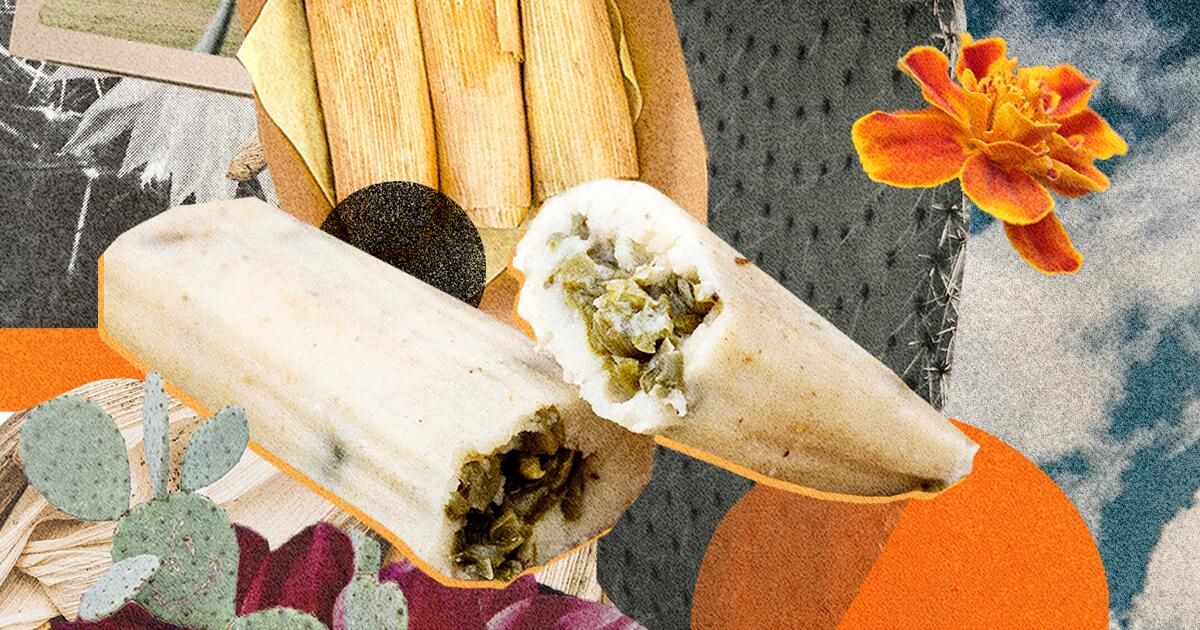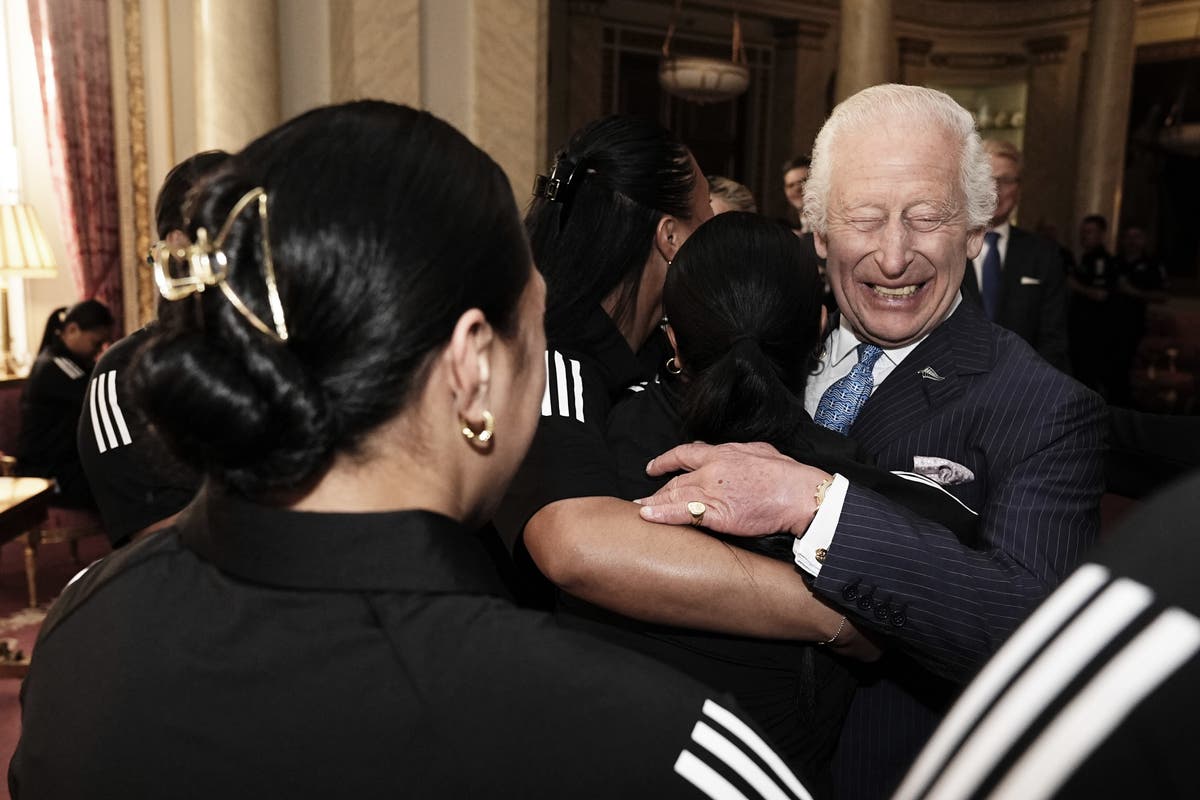Wrapped inside a fresh or dried corn husk is a soft corn cake known intimately throughout the American continent as tamales.
A closer look beneath the shell reveals centuries of history watched by generations of hands, known by many other names and through a plethora of recipes. From the Hopi blue corn tamales called someviki, and Venezuelan hallacas, to the tender Brazilian pamonha made with fresh mixed corn, whose variations are spread everywhere.
Tamales tell the first stories of Latin American traditions and culture. Originally from Mesoamerica, this emblematic food first arrived on the table shortly after the creation of nixtamal in 1000 BC. C., which makes it one of the first nixtamalized foods, along with atole.
In Mexico there are around 500 variations of tamales, from hand-held ones to those 5 meters (16 feet) long like the zacahuiles from San Luis Potosí.
And although they meet all year In Mexico, tamales are most visible during traditional winter celebrations. In fact, “tradition” is perhaps the word most synonymous with an ancient dish like the tamale.
Preserving historical recipes is essential work, particularly with recipes of indigenous origin where colonialism has threatened their custody.
But for modern chefs who are descendants of Latin American cuisine, there is room for traditional recipes to bend and break, opening up possibilities for something new and reflective of today's culture. Add migration to the modern mix and chefs will have access not only to different cultures but also different ingredients, resulting in unusual and brilliant creations, often accompanied by critical messages.
Today, tradition-breaking tamales tell stories of queerness, first-generation American experiences, nostalgia, and the future of Latin cuisine.
Chef and anthropologist Luna Vela from Austin, Texas, is the owner of Mill Neighborhood. candleMexico's contribution to the modern tamale canon is the hot dog tamale.
It all started as a joke, Vela says.
“As a queer Mexican who loves making ancestral and regional dishes from Mexico, making a very white American creation with my own twist is a fun idea,” Vela wrote via email.
But once he started researching, he discovered that it already existed. The hot dog tamale was a holiday food known as the “TamArlington Dog” by the Texas Rangers.
“My version was made with my own nixtamalized corn masa, a delicious 44-Angus Farms beef weenie, American cheese, classic ketchup and mustard, combined with a cactus pico de gallo to incorporate some native Texas ingredients,” Vela wrote. She says people's reactions ranged from shock and anger to ridicule. But in general, after one bite, people warmed up.
The history of the Texas Rangers police force is not lost on Vela. “[They] “I murdered and arrested countless indigenous, Mexican and black people in Texas for decades, erasing many of our native histories on these lands,” he said.
“I served this dish with a small Texas flag punched into the tamale; In a way, it is a statement,” Vela wrote. “It is a food that generates conversation, thought, discourse and encounter that is powerful in itself.”
In El Sereno, Alex García evil cooks It was originally inspired, like Vela, to make a hot dog tamale with a weenie wrapped in a tortilla.
While making tamales for an event, Garcia got the idea and asked his wife what she thought of a hot dog tamale. He added onions, jalapenos, and bacon to the dog dough creation, and his hot dog tamale was born.
“People obviously sometimes hate these types of 'experiments' because you corrupt their minds and their memories. [of] his parents and his childhood,” García wrote by email.
However, there is a method to Garcia's maddening creations.
“It is very important to think outside the box because it is the only way to evolve, find new flavors and, most importantly, have fun.”
For Tony OrtizA Bay Area-raised, Brooklyn-based chef, his tamale series, “maíz mar—,” began as a way to “enliven the corn and Mexican food scene,” he says.
“Mar—” is a derogatory word used in Mexico to refer to a gay man, but Ortiz wanted to reclaim the word as a way to create space.
“I was exploring ways to advertise myself as a queer culinary artist within the big, scary New York food scene and I thought, 'What better way than to use the word mar—!'” Ortiz said. “The tamales held on to this ancient, old-school soul, but they also generated a strange new energy in them.”
In Seattle, chef Janet Becerraa first-generation Mexican-American, makes a chocolate tamale in tummy restaurant.
“We had just finished making rainier cherry jam with ancho reyes chile, ancho liquor, and pápalo ice cream,” Becerra wrote via email about her seasonally-inspired tamale. Papalo is an astringent herbaceous herb and chile ancho, the dried manifestation of the poblano chile, has plum-like notes.
“I thought the flavors would stand out beautifully in a chocolate tamale,” he wrote. “I'm not trying to break any mold, but rather highlight traditional techniques while using flavors that are familiar to me as a first-generation Mexican-American.”
Ana Castrochef Mother Language In New Orleans, he first ate his great-grandmother's tamales, which were small and filled with venison hunted by his grandfather in Tamaulipas, Mexico.
Today, in his traditional establishment, which “reimagines” traditional Mexican cuisine, Castro prepares a dessert tamale: the carrot cake tamale.
“Tamales are pure comfort,” he wrote in an email. “Carrot cake holds the same place for many people, it's easy, cheap and delicious!”
Castro says he got “cheffy” with the creation, making his own nut miso and using local cane syrup, tonka beans and cheese from a local cheese factory called Le Cyprien.
“People loved it!” Castro writes about the reception of the tamale. “It is key that we make traditions our own to preserve them. The world is constantly changing… it is natural that Mexican cuisine evolves along with the meaning and feeling of being Mexican that is always changing.”
For Estefania Trujillo Preciadochef and educator located in Cali, Colombia, her neotraditional tamale was inspired by a breakfast dish her grandparents prepared, “an Afro-Colombian dish from the Pacific called Tapao de Pescado, with smoked fish or tollo (shark) and a side dish. of plantain or cassava,” Preciado wrote in an email.
Her family was receptive to her tamales that hold together a generational food memory wrapped in banana leaves.
For Preciado, it reiterated his belief that gastronomic memories replicated outside of their traditional contexts in a reinvented way are extremely valuable to the culinary fabric of diaspora food.
“We are now in another place, with different ingredients and people around us, and trying to replicate that perfect memory is impossible,” he wrote. “When we try to match the love and intention of that moment, we are surprised by the memories that are unlocked and new ones that are created.”
Andrea Aliseda is a food and culture writer, vegan recipe developer, and dog mom living in Brooklyn, New York, who has had work published in Harper's Bazaar, Bon Appétit, and Epicurious. She is currently working on her first plant-based Mexican cookbook and you can find her on Instagram at @andrea__aliseda.












